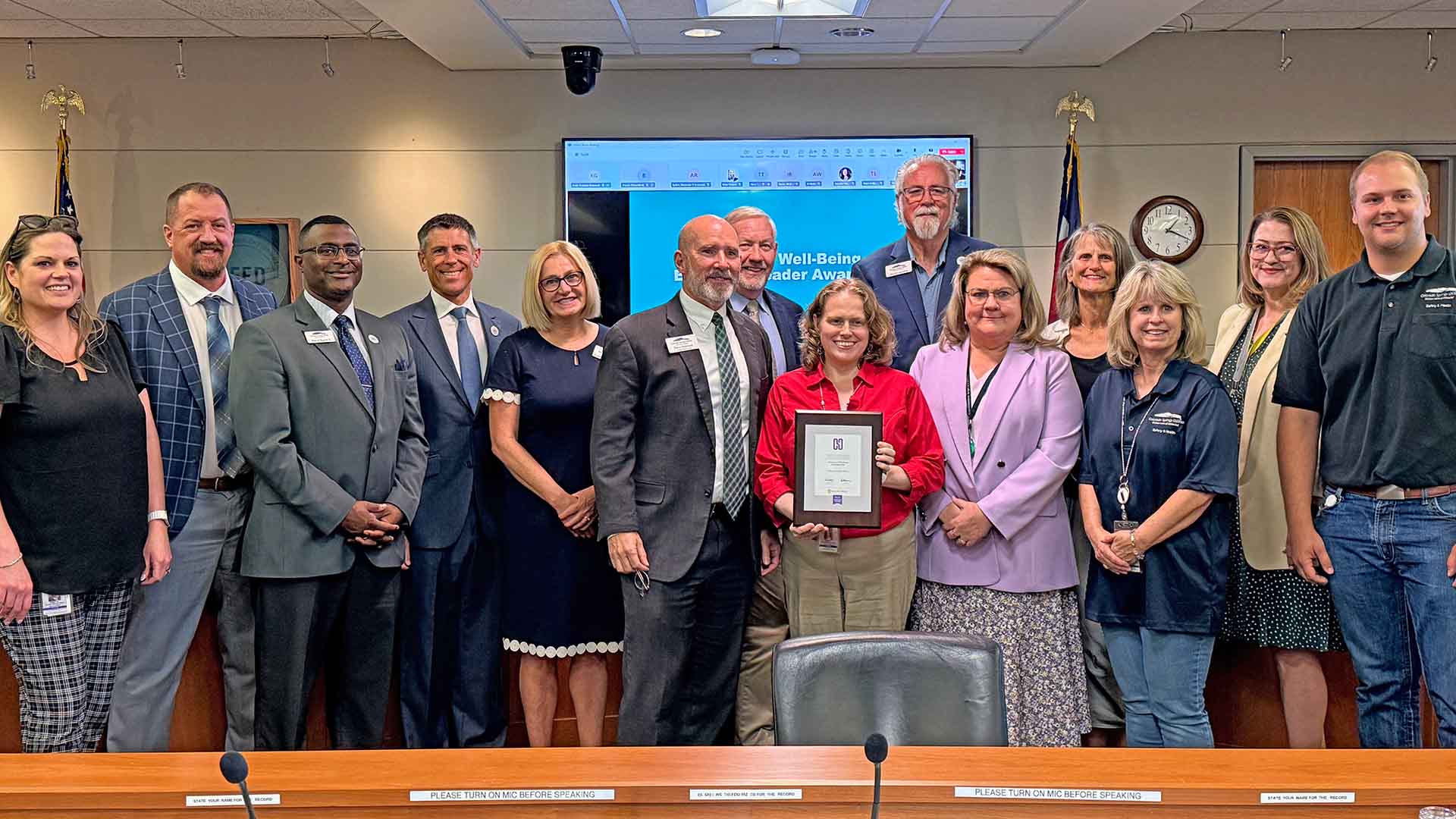
Jennifer J.
Duration: 1 minute
Published on February 1, 2024
It’s an acronym that sums up thousands of human-made chemicals used by manufacturers in multiple products, from lipstick, clothing and fast-food wrappers to cookware, ski wax and firefighting foam.
Their superpower is they can resist stains and they’re waterproof. Tough stuff. Manufacturers have been using them since the 1940s.
Their legacy is they don’t break down easily, meaning they exist long past a product’s lifetime.
They are PFAS, or per- and polyfluoroalkyl substances, and they’ve been making headlines for a while now. In large concentrations and with long-term exposure, PFAS compounds can build up and pose health issues. They’ve been categorized as unregulated contaminants by the Environmental Protection Agency (EPA) for years, but that is starting to change as more is learned about them.
Drinking water providers have been at the forefront of sampling and testing for PFAS for a few years now. Drinking water is one of the most regulated products in the country so the EPA is leaning on us to help them get their arms around the extent of PFAS contamination in the U.S. and determine if more regulation is needed.
As a drinking water provider for hundreds of thousands of customers in El Paso County, we take the quality of our water seriously. In addition to the thousands of tests we perform annually on a range of substances that can present themselves in water, we've voluntarily participated in PFAS sampling since 2020.
All PFAS compounds have been considered unregulated contaminants by the EPA until this year, when it’s expected that two will become regulated and four more will officially have risk limits attached to them. These six compounds were included in the 18 we voluntarily tested for in our drinking water in 2020, 2021 and 2022, and our data meets the proposed limits for them.
Remember, there are thousands of PFAS compounds, and they’ve been in use for dozens of years. Determining how often they are found in the nation’s drinking water systems, and at what levels, will help the EPA set a baseline moving forward. That’s why it’s not surprising that PFAS compounds make up 29 of the 30 substances in the EPA’s fifth Unregulated Contaminant Monitoring Rule.
What is the Unregulated Contaminant Monitoring Rule (UCMR)?
Unregulated contaminants are not part of the mandatory water quality testing required by federal and state drinking water standards. The Safe Drinking Water Act (SDWA) requires that every five years, the EPA establish a new list of unregulated contaminants for monitoring by public water systems. The EPA also identifies the analytical methods to be used for testing those samples.
The list for the most recent rule – UCMR 5 – is made up mostly of PFAS compounds (lithium is also on there). Nation-wide sampling for UCMR 5 started last year and will continue through 2025. Results are already appearing in the EPA’s dashboard.
Our first sample collection under UCMR 5 will happen later this year, likely in October, and the results will be posted on the dashboard. We will also share them with our customers through our annual water quality report.
By the way, PFAS isn't something we can test for at our own laboratory. The technology required to detect these compounds at the minute levels that are required is only available at a limited number of laboratories in the country. It’s very much like looking for a particular grain of sand in an Olympic-sized pool filled with sand.
Can we expect to find PFAS in our water?
While our participation in UCMR 5 testing is not unique – every drinking water provider in the country is doing the same – we are at lower risk for high concentrations of PFAS by virtue of our water sources. Not only do we use surface water sources exclusively, many of those sources are first-use water from high country snowmelt.
That doesn’t mean our sources are immune to PFAS, however. We decided to voluntarily test for the 29 UCMR 5 compounds in advance of formal testing and have had a preliminary detection of one of those compounds at our Tollefson and Ute Pass water treatment facilities. There are no health advisories or regulations attached to the compound, and the detection was below the reporting limit for UCMR 5. We will see if the result is repeated when we formally test this fall, which will help us determine if variables that can affect testing results, such as seasonal conditions (heavy precipitations, high runoff), are factors.
This fall’s sampling will be the first of four samples we will submit for testing under UCMR 5. We will post those results on the EPA dashboard and in our annual water quality reports.
Get the facts
We understand that customers may have concerns, and rightly so. The truth is, PFAS is expected to be found in many waters as testing continues to expand. It’s important to obtain factual information as you learn more about this issue. We encourage you to start by reviewing our annual water quality reports, which can be found on our PFAS web page to learn more about what is and isn’t in the drinking water we deliver to your home. You will find links to trusted resources, such as the EPA and Colorado Department of Public Health & Environment, in the Frequently Asked Questions section.
The PFAS landscape continues to take shape. It’s an evolving situation and one in which drinking water providers play a central role. We want you to feel confident that we are meeting all requirements for PFAS testing and will always point you to reliable resources for information. For questions about our water quality reports, or PFAS testing, contact our laboratory staff.
.jpg?width=1040&height=685&name=WaterLabTesting%20(1).jpg)






